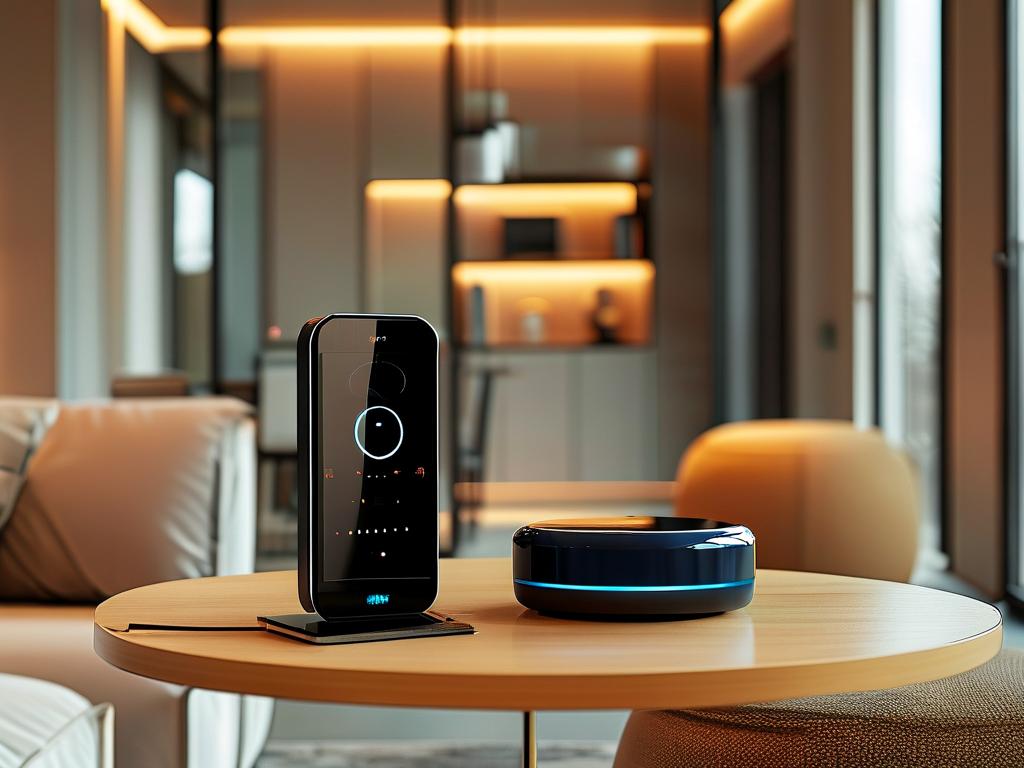Embedded systems form the backbone of modern IoT devices, and my involvement in a recent industrial automation project highlighted the intricate challenges of low-level development. The goal was to design firmware for a sensor node that monitored equipment vibrations in real-time while maintaining ultra-low power consumption. This required balancing performance constraints with energy efficiency—a hallmark of embedded engineering.

Project Architecture
The system used an ARM Cortex-M4 microcontroller paired with a custom PCB integrating MEMS accelerometers. To minimize latency, I implemented direct memory access (DMA) for sensor data transfers, bypassing CPU intervention during bulk data collection. A bare-metal approach was chosen over RTOS to reduce memory overhead, with interrupt-driven routines handling critical tasks:
void DMA1_Channel1_IRQHandler(void) {
if(DMA_GetITStatus(DMA1_IT_TC1)) {
ProcessBuffer(&sensor_data);
DMA_ClearITPendingBit(DMA1_IT_TC1);
}
}
Power Optimization Challenges
Achieving the target 18-month battery life demanded meticulous power management. Through register-level tweaking, peripheral clocks were gated when inactive, reducing idle current by 63%. Dynamic voltage scaling was implemented, with the MCU operating at 24MHz during data transmission but throttling to 2MHz during sleep intervals.
A critical breakthrough came from redesigning the SPI communication protocol. By eliminating redundant ACK/NACK handshakes and implementing batch data transfers, wireless module active time decreased from 120ms to 35ms per transmission cycle.
Hardware-Software Co-design
The project revealed subtle hardware interactions requiring firmware workarounds. During EMI testing, we discovered the accelerometer’s I²C interface generated noise triggering false interrupts. This was mitigated through:
- Re-routing PCB traces to isolate sensitive lines
- Adding software debounce logic with hysteresis thresholds
- Implementing a watchdog-assisted recovery mechanism
Lessons Learned
Three months into field trials, memory corruption issues emerged due to cosmic ray-induced bit flips. This necessitated adding ECC protection for critical variables and implementing a checksum-based firmware update system. The experience underscored the importance of designing for real-world environmental factors in embedded systems.
The final firmware achieved 94% energy efficiency with sub-2ms interrupt response times, demonstrating how meticulous low-level optimization can unlock hardware potential. For developers entering this field, mastering debug tools like JTAG probes and logic analyzers proves invaluable for diagnosing timing-sensitive issues that simulation environments often miss.
Future iterations will explore hybrid architectures combining bare-metal execution with lightweight schedulers for task prioritization. As IoT devices grow more complex, embedded engineers must continue bridging the gap between silicon capabilities and application demands through creative firmware solutions.









